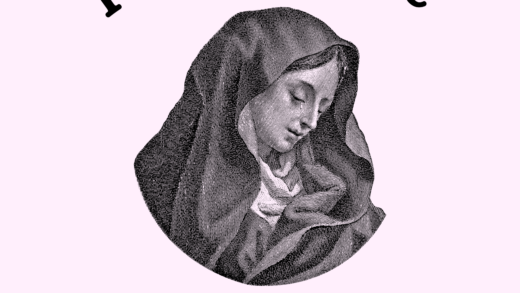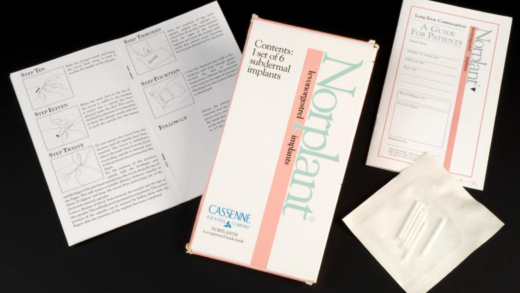Aviva Jotzke
Looking at the humanity based queer politics of AIDS activists in the 1980’s and 1990’s, what lessons can be taken for current reproductive justice movements? When human bodies and human lives are on the line, we are called to be intentional about where we root our movements. AIDS activists utilized connection, grief, pleasure, and care in their work, personalizing the political and fortifying the movement.
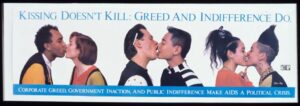
“Kissing Doesn’t Kill” by Gran Fury (1989)
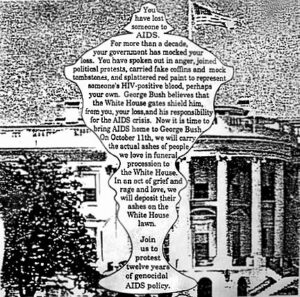
Ashes Action Poster by ACT UP (1992)
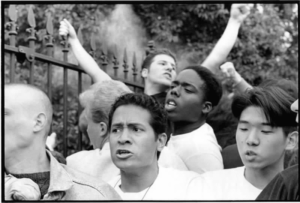
Demonstrators and Mourners at ACT UP’s Ashes Action (1992)
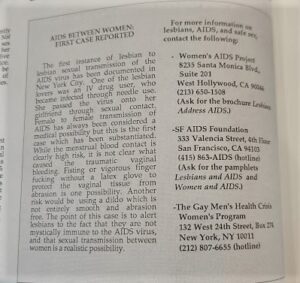
Segment from the magazine On Our Backs
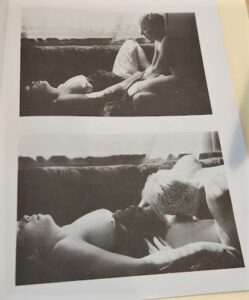
Images from the magazine On Our Backs
Further Reading:
Pleasure Activism: The Politics of Feeling Good by Adrienne Maree Brown (2019) – book
“Solidarity not Charity: Mutual Aid for Mobilization and Survival” by Dean Spade (2020) – essay
It Was Vulgar and It Was Beautiful: How AIDS Activists Used Art to Fight a Pandemic by Jack Lowery (2022) – book
